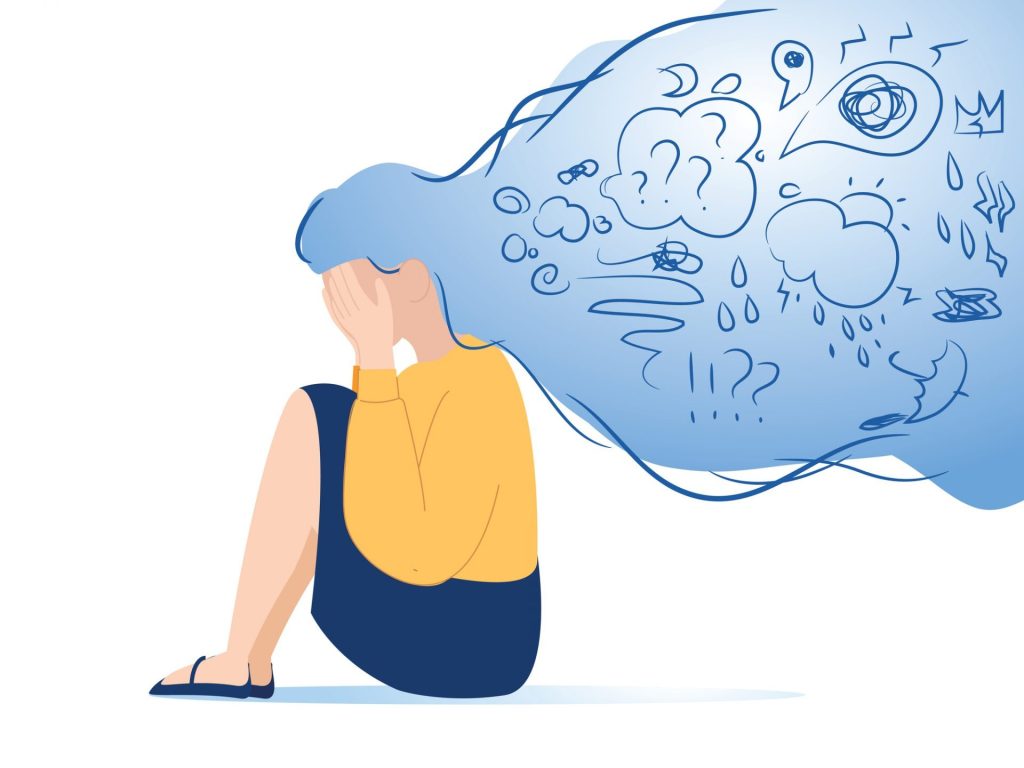
Behavioral Health and Suicide Prevention
Suicide—The Taboo Topic
Emergency department (ED) visits have continued to rise. Between 2001 and 2014, there has been a 14.8 percent increase in emergency room use—around 139 million people used the ED in 2017. Additionally, there was a 42 percent increase in nonfatal self-harm ED use between 2001-2016 and in the last two years, ED visits related to suicide ideation and self-directed violence increased 25 percent.
However, many hospitals do not have access to a Behavioral Health program and are unable to accurately assess and treat patients with mental disabilities. Patients who seek treatment from the emergency room for mental illness face stigma at routine health examinations and are passed over for health-related advice. These patients then lack the timely treatment for things like high blood pressure, high blood sugar, and obesity, and as a result highly preventable diseases are not being treated.
Suicide and suicide ideation are not something many feel comfortable talking about, especially those who suffer with mental illness. However, the more we as a society discuss it, the more capable providers and hospitals are at treating patients and preventing avoidable deaths.
Suicide is the 2nd leading cause of death among people aged 10-34 in the united states and is the 10th leading cause of death in the US overall. The suicide rate has increased by 31% since 2001 and 46% of people who have committed suicide were diagnosed with a mental illness, and 90% of those who killed themselves had shown signs of mental illness according to interviews from family and medical professionals. Demographically, 75% of those who commit suicide are male. According to the CDC in 2018, there were more than two and a half times the amount of suicides than homicides. Worldwide, the WHO reported that suicide is a major issue and cause of death, with more deaths due to suicide than war. Some reports indicate that 800,000 yearly deaths are due to suicide. The less is said and discussed about suicide, the more costly it is for everyone.
Misdiagnosis
More common than not, patients with mental health illnesses are misdiagnosed in the initial ED visit. For example, a patient coming in experiencing nausea, chest pains, breathing difficulty, etc, might be treated for cardiovascular issues, but panic attacks are commonly ruled out. Or, patients with past behavioral health issues coming in for unrelated, underlying medical problems could be treated for their mental illness, rather than the dire unrelated health concerns.
To diagnose patients more accurately, first rule out medical conditions that can produce psychiatric symptoms:
- Metabolic-electrolytes, TSH, Cushing’s
- Electrical: Epilepsy, Temporal lobe seizures
- Nutritional: Thiamine/Folate, anemia, etc
- Drugs/Toxins: Street and/or medical drugs
- Arterial: CVA, TIA
- Mechanical: TBI, Subdural hematoma
- Infection: HIV, Syphilis, Meningitis, Hepatitis C
- Neoplastic: Primary or Metastatic
- Degenerative: Alzheimer’s, Parkinson’s, CJD, MS
Mebs Counseling Increases 100+ Encounters In One Week Using Telehealth
Suicide Prevention
The ED plays a crucial role in suicide prevention and treatment. One in ten suicides are by people who were seen in the ED in less than two months or less before dying, however, many were never assessed for suicide risk. One study found that 25% of people committing suicide were seen within three days of death by the healthcare system, 50% in the ED.
To proactively screen patients, use an evidence-based suicide risk screening tool such as:
- Ask Suicide Screening Questions
- Colombia Suicide Severity Rating Scale
- Patient Health Questionnaire
- Patient Safety Screener
- Suicide Behavior Questionnaire
Though these screenings are important, studies show that the single most important aspect of suicide prevention is not the quality of medical care, but the treatment of the patient by the staff. Sensitivity and alertness of the staff to dangerous, suicidal behavior is key, as well as a genuine concern for the patient as a person. Know that a large misconception about suicidal patients is that they want to die; nurses who have seen too many patients over the years can confirm that this is not true, their patients want to live, but feel that this is the only solution to their problems. Best practice is to ask the patient directly about suicidal thoughts in uncovering possible self-harm. Treating suicide directly, rather than as a symptom of other underlying conditions is considered safe practice.
What Can A Behavioral Health Program Do For My ED?
Though EDs are capable, they lack the necessary resources and experience challenges with limited Behavioral Health resources, lack of Behavioral Health services and beds, a safe physical environment, access to sitters, the availability of contraband, and legal commitments.
Meanwhile, Behavioral Health staff are trained for the needed protocols and delivery of care. Staff are familiar with anxiety induced panic attacks, substance abuse disorders, personality disorders, schizophrenia, suicidal thoughts, and more. In addition to improving admission procedures, staff can work with patients directly— particularly repeat visitors and patients who have experienced trauma— to explore the frequent visits to the ED. A Behavioral Health program can ensure for safe discharges and transitions for patients. Patients will receive follow ups, a new care plan for going forward and the correct, if needed, medication. A study of Medicaid beneficiaries in 10 states, found that psychiatric patients who did not receive prescribed medications visited emergency rooms 74% more than those who did. Proper care keeps people from further harm and repeat visits.
For next steps to getting a BH program contact:
- Sherri Shaw, Vice President of Inpatient Services
- Ulta Group
- sshaw@ultagrouphealthcare.com
- 229-309-9028
Resources
- https://www.jhsph.edu/news/news-releases/2020/survey-finds-large-increase-in-psychological-distress-reported-among-us-adults-during-the-covid-19-pandemic.html
- https://www.cdc.gov/mmwr/volumes/69/wr/mm6932a1.htm
- https://www.hcup-us.ahrq.gov/reports/statbriefs/sb227-Emergency-Department-Visit-Trends.pdf
- https://www.cdc.gov/mmwr/volumes/69/wr/mm6904a3.htm?s_cid=mm6904a3_w
- https://www.nimh.nih.gov/health/statistics/suicide.shtml

